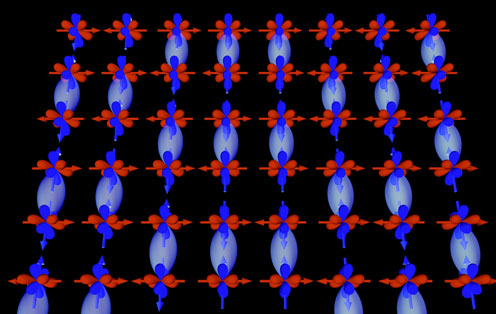
Swedish and Japanese researchers have, after ten years, found an explanation to the peculiar emission lines seen in one of the brightest supernovae ever observed – SN 2006gy. At the same time they found an explanation for how the supernova arose.
Superluminous supernovae are the most luminous explosions in cosmos. SN 2006gy is one of the most studied such events, but researchers have been uncertain about its origin. Astrophysicists at Stockholm University have, together with Japanese colleagues, now discovered large amounts of iron in the supernova through spectral lines that have never previously been seen either in supernovae or in other astrophysical objects...
Read More









Recent Comments